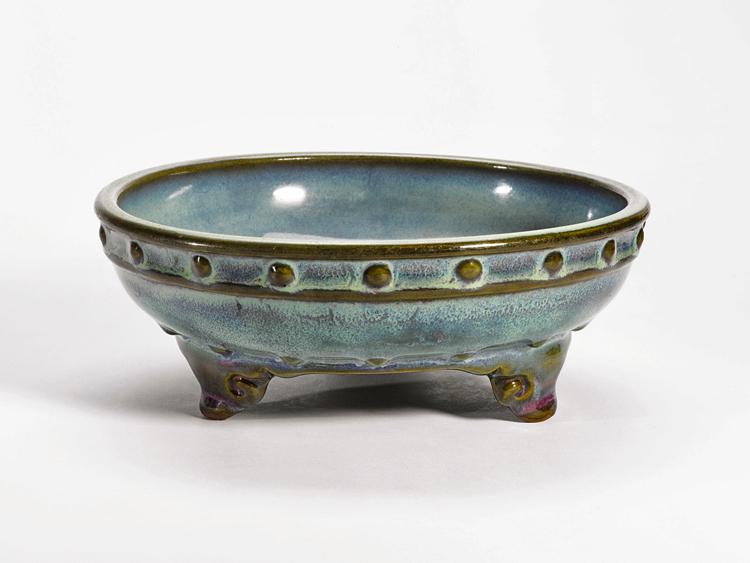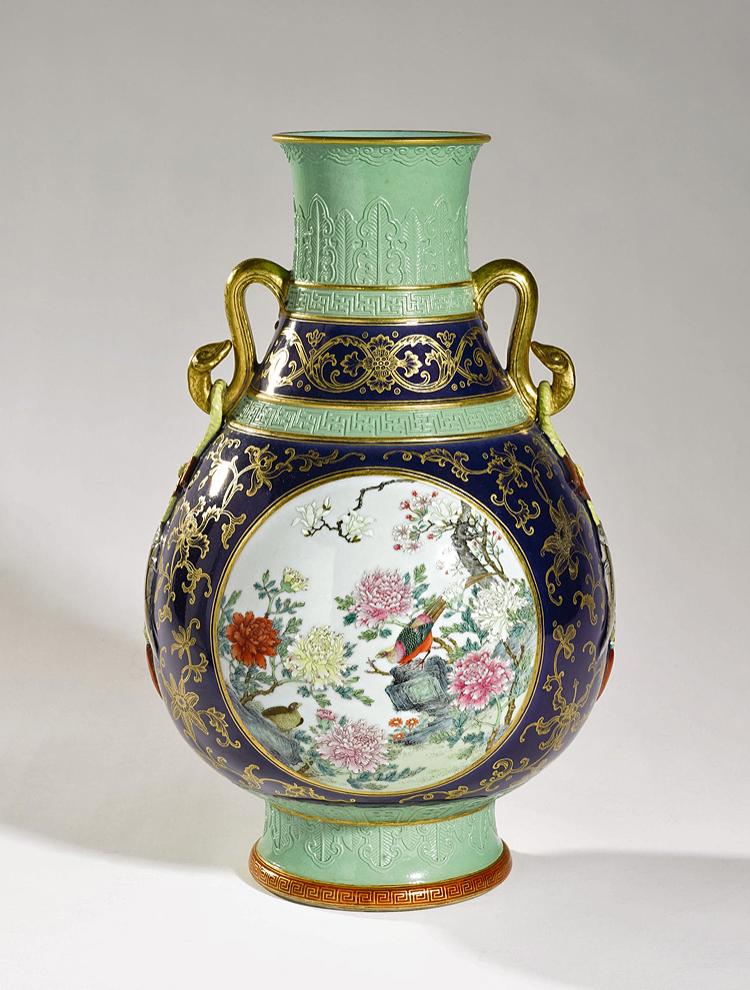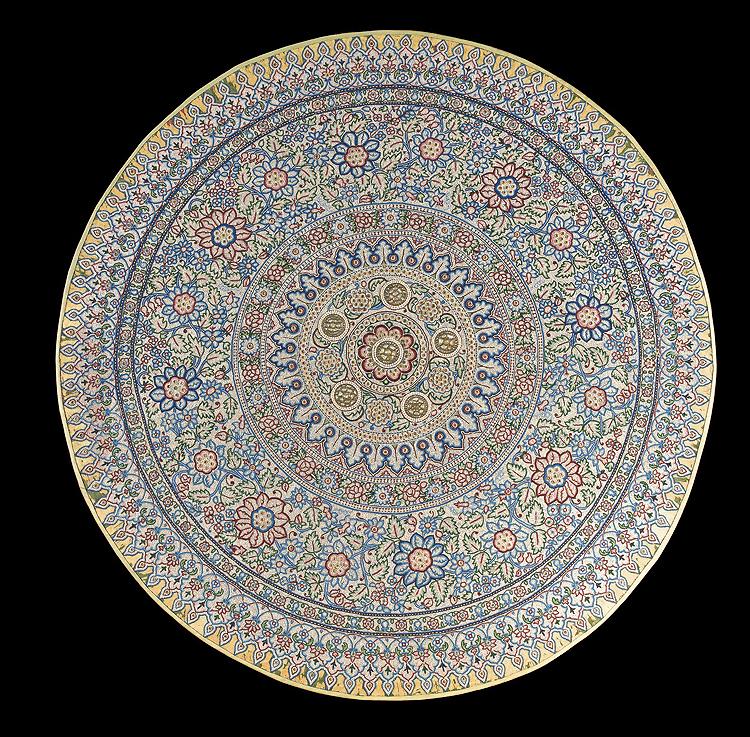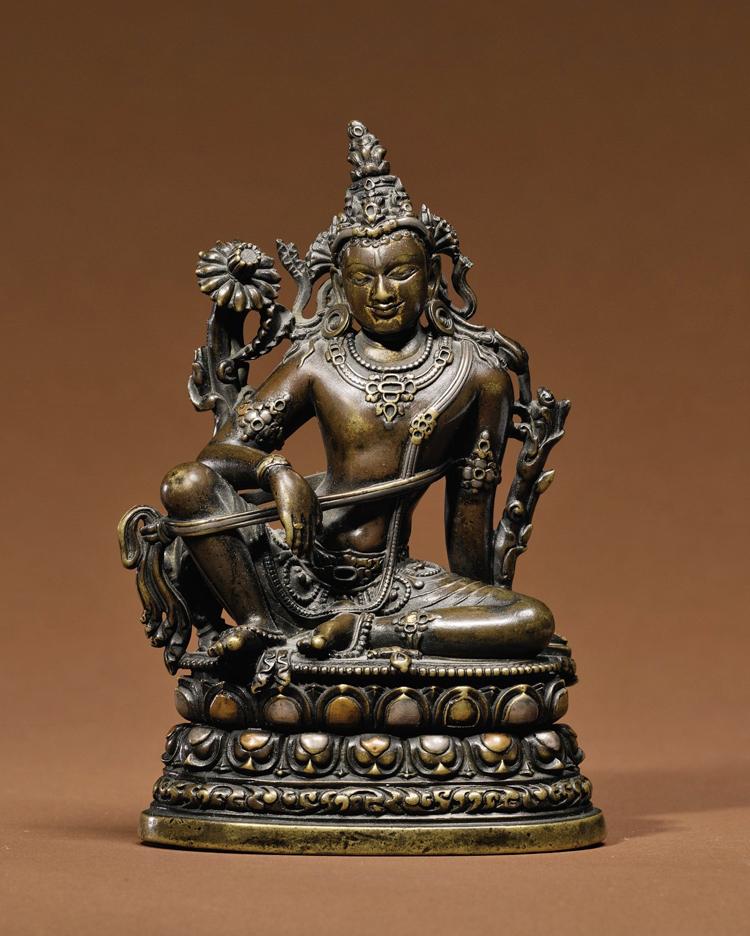NEW YORK—Love for Asian works of art is certainly alive and well, judging by the sales results during Asia Week New York, March 18 to 26. Top auction houses Sotheby’s and Christie’s both achieved some staggering results.
Christie’s has a firm lead in the Asian Art market, totaling a whopping $117 million achieved in seven sales from March 22 to 25. It’s the highest total ever for Christie’s New York at Asian Art Week—$40 million more than the last record.
“The strong prices in every category confirmed the strength of the market and the demand for high-quality works of art, particularly from private collections,” said Michael Bass and Christopher Engle, co-heads of Sale, Chinese Works of Art, New York.
Sotheby’s sales for the week came in strong at $84,811,080, achieved in five sales, with the two leading sales being one of a private collection: Chinese Ceramics and Works of Art from J.T. Tai & Co., and Fine Chinese Ceramics and Works of Art. Other sales included, Korean, Indian and Southeast Asian, and Modern and Contemporary South Asian.
And there was a repeat of an earlier bonanza, a Qianlong vase found in a London attic last year that was said to be worth $1.2 million but sold for $83 million.
A famille-rose porcelain vase at Sotheby’s, dated in the catalogue as “probably Republican Period” or from the early 20th century, prompted an explosion of bidding. It was estimated at a humble $800 to $1,200, but collectors were obviously convinced that the piece was actually from the Qianlong Dynasty of the 18th century, a period that represents the pinnacle of excellence in Chinese art. The hammer went down at just over $18 million.











